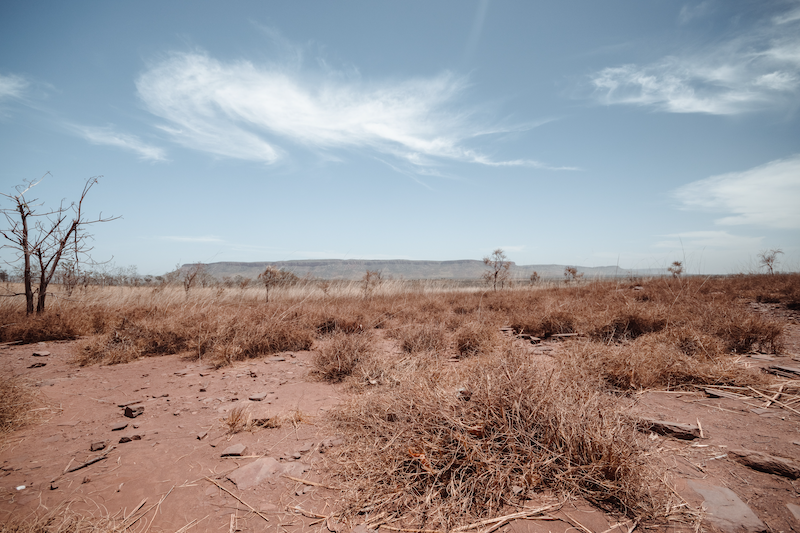In reading recent headlines related to the drought, I cannot help but think that Australia has not been ambitious enough in developing its water infrastructure investments. I can’t help but think that if we’d learnt the lessons of previous droughts and as a nation invested in infrastructure that makes our agricultural sector more resilient, we would be in a better position today.
Drought is entirely predictable and only going to become more frequent as the climate changes, so it seems to me that we have a lot to gain from improving our ability to ride through a drought while maintaining our agricultural output.
Moreover, imagine an Australia that is so drought tolerant, that we are able to use our sun, our land and our sea to be a reliable food bowl for Asia and the rest of the world, irrespective of rainfall.
To me, an agricultural business is similar to a manufacturing businesses: you have feedstock (water, sun, seed, stock, fertiliser etc.), you have a processing asset (the farm and its infrastructure) and the logistics network to access the market. The weak link in reliable production is, of course, water.
If a farm were any other business, you just wouldn’t invest in it unless you could secure reliable access to all of your feedstock, or you would build the infrastructure to make access to feedstock reliable and resilient. As a nation, we need to build the infrastructure if we want a reliable agricultural sector that will meet the rising needs of the growing, global middle class.
If we look at developments such as Sundrop Farms, we see that it is possible to grow tomatoes near Port Augusta, which is not a region known for its plentiful fresh water supplies. It was an ambitious, rule breaking project and, from an outsider’s perspective, appears to have been a great success.
We now have the technology to produce almost unlimited fresh water from the sea. We also have the resource and technology to generate and transport this water with clean energy.
Moving the water over the Great Divide is a challenge, but a challenge well within our capability. Moving water over the Great Divide can also be looked at as a pumped, storage hydro opportunity.
Pipes and pumps are simple, low impact infrastructure that can be operated with intermittent renewable energy. In my opinion, there seems to be no limit to our technical capability to provide as much water as we need, anywhere in the country.
All we lack is ambition.
